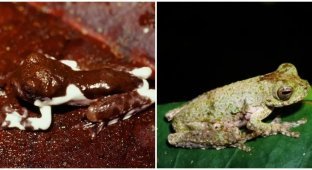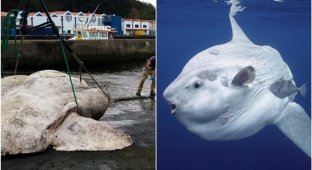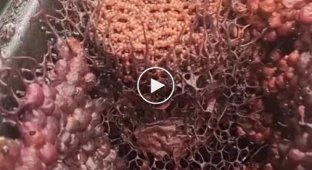Feathery platax: a cunning fish that can surprise (10 photos)
The animal world is so diverse that sometimes you come to the conclusion that a lifetime is not enough to study it. Here are some interesting facts about the pinnate platax, which has gained popularity among aquarists around the world. 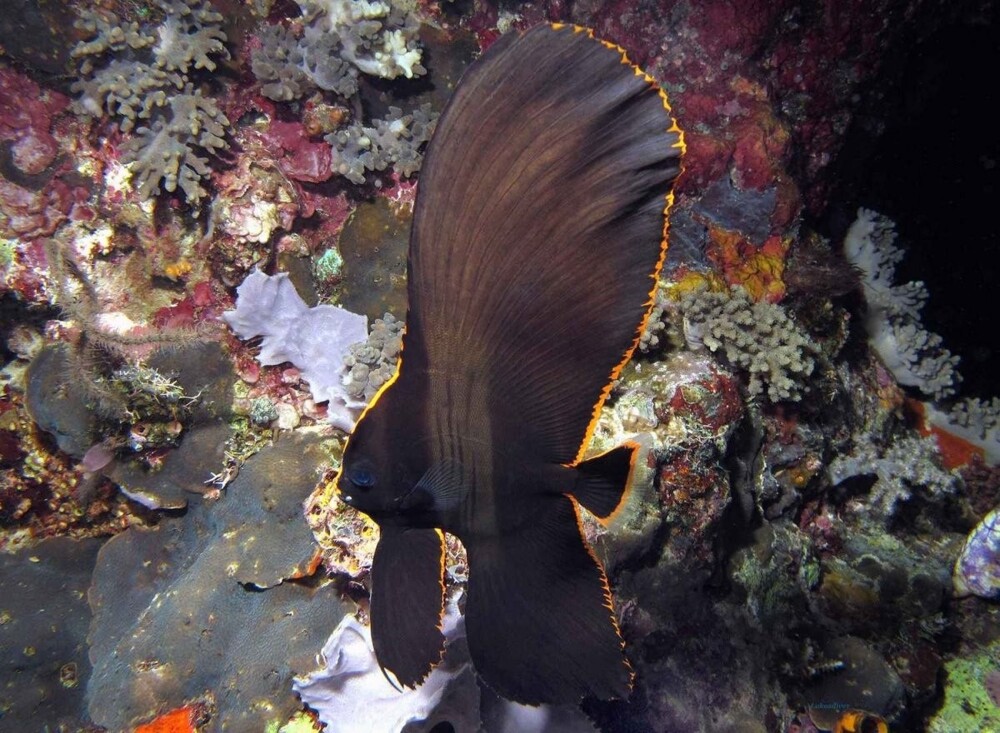
In the wild there are only two simple criteria for success. If you survived, well done. If you left the children, well done in the square. After all, you have secured a kind of afterlife for yourself: your genes will live on in your offspring. The way you achieve this is not important. There are no rules, no referee. Even if you pretend to be a worm, being a fish, no one will judge you! 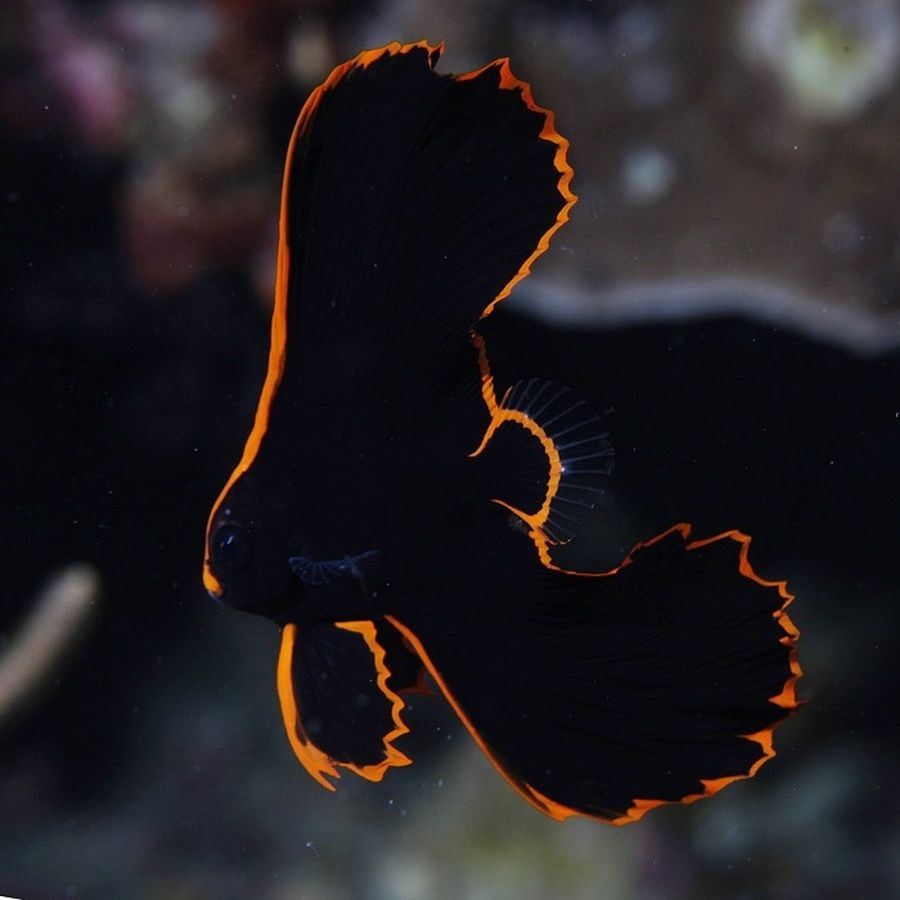
The feathery platax is a big trickster. The young of this species do not look much like fish. Rather, it is a clot of blackness with an orange edging. It attracts the attention of predators even among the colorful underwater reefs of the western Pacific Ocean. And this is his cunning plan. Platax pretends to be a poisonous flatworm. Even the shape of its body does not evoke associations with ordinary fish. The dorsal and anal fins of the fish grew beyond all measure, turning the animal into a kind of triangle with a body in the middle. But the pelvic fins and tail, on the contrary, are relatively small. Therefore, the silhouette of the fish looks strange and unusual. 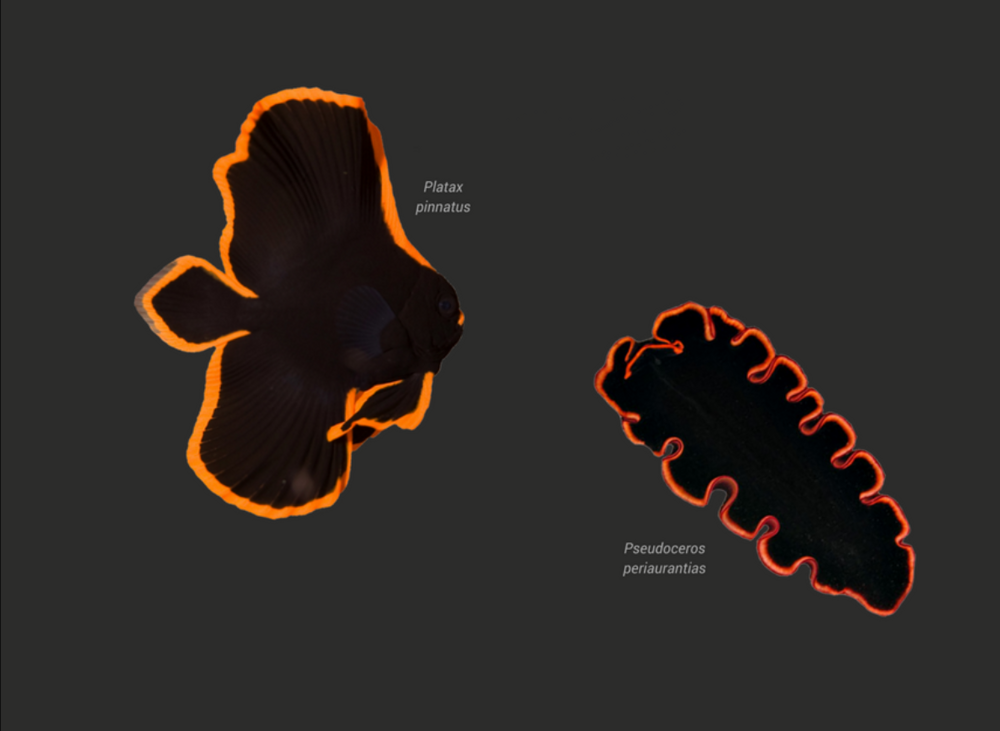
An excellent copy and a completely repeatable original. On the left is our fish, on the right is the worm it imitates.
However, such disguise is not a panacea. There are fish in the sea that effectively neutralize the poisons of flatworms. Of course, they will eat our hero for his sweet soul. Moreover, its meat is quite nutritious. To avoid this, plataxes stay in secluded corners of the ocean. They hide among mangrove roots and in the thickets of coral reefs. 
But time passes, and small fish become big fish. When their size exceeds 20 centimeters in length, plataxes change color. After all, predators know that sea worms do not grow that big. As the pseudoworm matures, it changes colors from black and orange to silver and black. He also grows a normal tail, which gives the animal a good increase in speed. 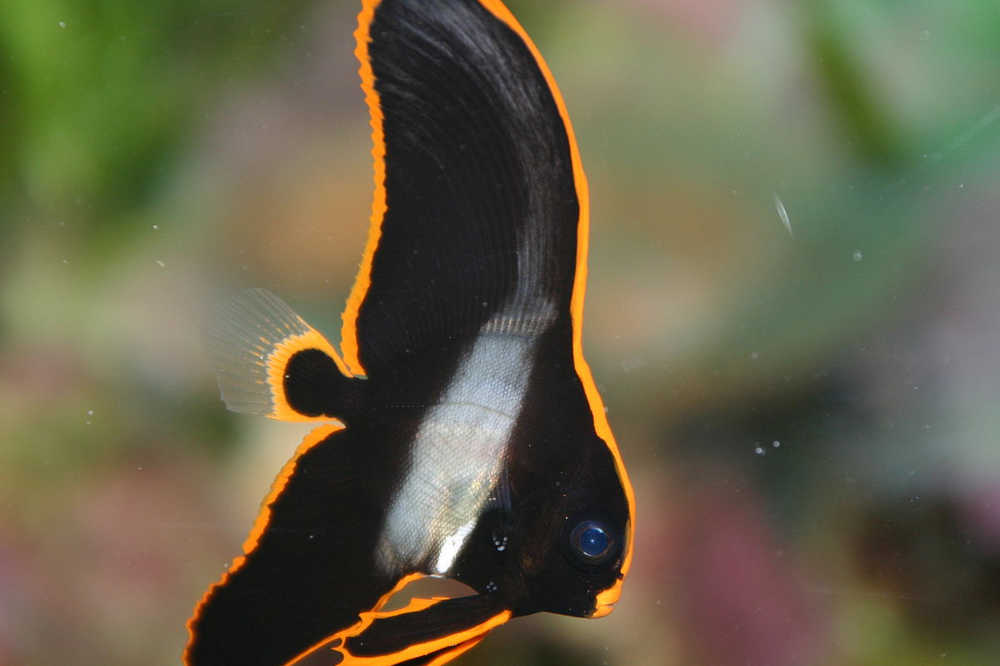
Platax in the process of growing up.
The transformations do not end there: the Plataxes’ behavior changes. They descend to a depth of below 20 meters and begin to crawl out of the secluded caves. True, they do this reluctantly. By going out into the open, the animal exposes itself to greater danger. And to increase their chances of survival, plataxes gather in small flocks. The more of you there are, the less likely it is that you will draw the black mark. 
But the fish’s diet remains the same. They have a balanced diet: the jelly-like flesh of jellyfish is harmoniously combined with the meat of shrimp and bottom crustaceans. And as a garnish they serve algae growing on coral reefs. Moreover, our hero cannot eat just one thing; he must combine different types of food. 
And this circumstance spoiled raspberries for all lovers of marine aquariums. Plataxes are still difficult to keep, and until 2006, animals were guaranteed to die in aquariums after a few weeks. The fact is that previously they were considered exclusively carnivores, but any attempts to keep them on a meat diet led to death. 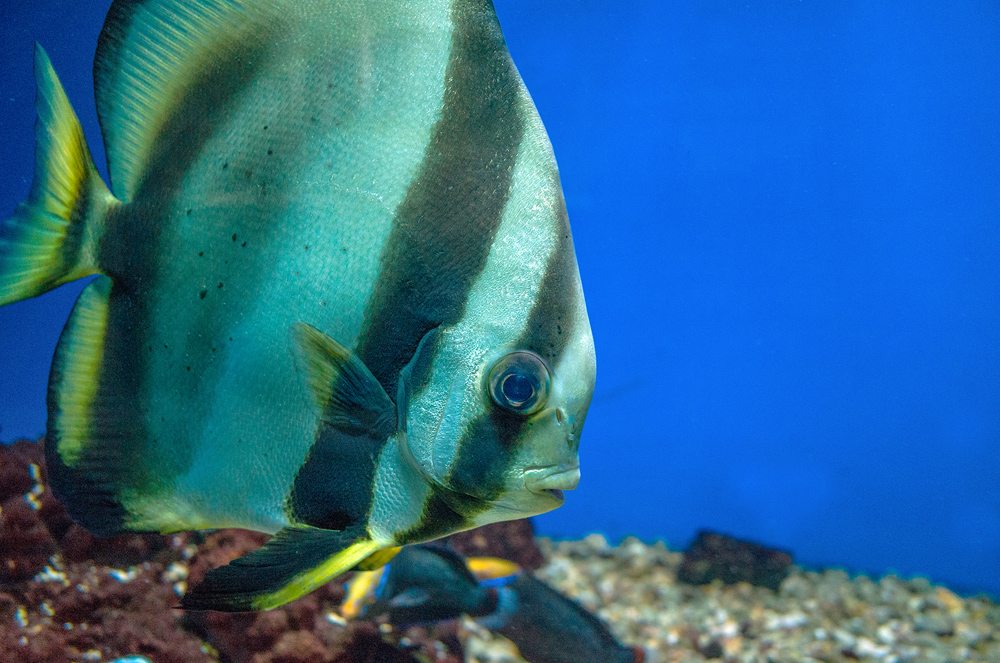
An adult Platax from the Sevastopol aquarium.
In 2003, Australian scientists decided to study how the Great Barrier Reef would fare without large herbivores. They built several metal cages, through the cells of which fish larger than 3 centimeters could not get through. The cells lasted 3 years. And during this time, the fenced area became densely overgrown with both invasive and native algae. The plants not only spoiled the beautiful view, but also prevented the coral polyps from filtering the water. In general, the researchers found out everything they wanted and removed the cells. 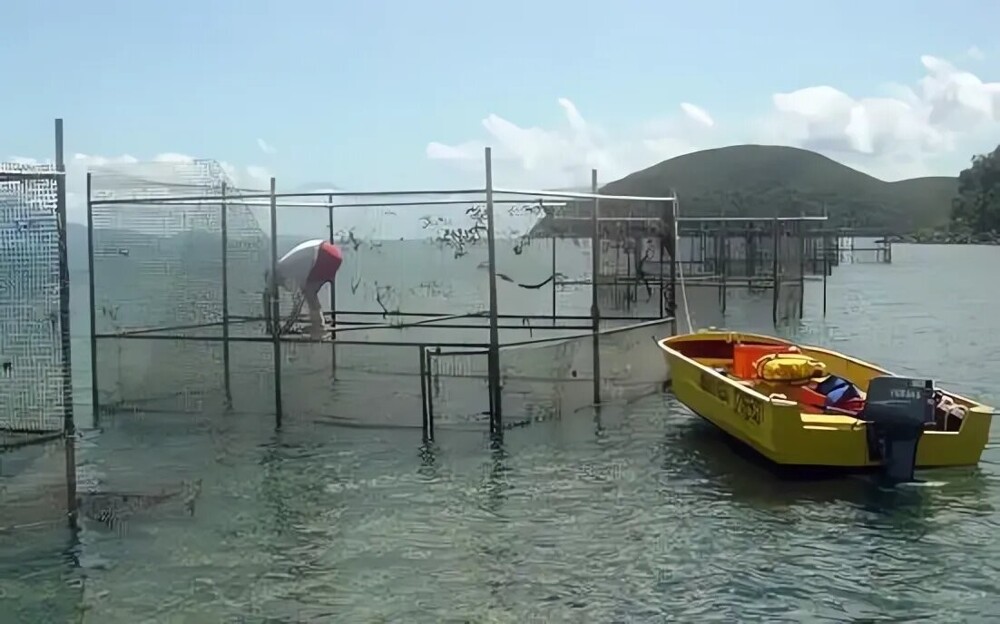
The cages were well above the water level to avoid accidentalfish jumping.
The most interesting thing began next. According to ichthyologists, local herbivorous fish, of which there are as many as 41 species, should have quickly dealt with such dense thickets. But all of them did not show much interest in algae. But the feathery Plataxes showed up. They quickly gathered in flocks and divided the plants into zero in just 8 days! 
Call me if you need anything else to eat.
Surprised scientists quickly called them the saviors of ocean reefs, and also understood exactly how scaly ones should be kept in captivity. But hidden in the barrel of scientific discoveries is a spoonful of anxiety: what will happen if the species is destroyed? Will the reefs become overgrown?












